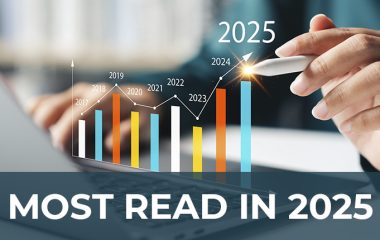
Photo: Pixabay
Most of the energy subsidies in Southeastern Europe in 2019 were directed to fossil fuels in 2019, led by oil and gas, according to the European Commission. Bulgaria and Greece had the highest percentage in terms of GDP in the region.
A new report by the European Commission about the state of the energy union showed renewables overtook fossil fuels for the first time in 2020 with 38% against 37% as the number one power source in the European Union.
Looking at the evolution of energy subsidies in the EU, total financial support amounted to EUR 176 billion in 2019, 8% more than in 2015. Subsidies for energy efficiency measures grew at a much faster pace, by 43% (EUR 5 billion), whereas subsidies for energy production went up by only 4% or EUR 3 billion, mainly due to still increasing renewable generation subsidies.
In 2020, the overall amount of energy subsidies in the EU remained stable, at EUR 177 billion. However, subsidies for energy efficiency measures kept on increasing compared to 2019 (by 5%), whereas energy demand-related subsidies fell by 4%, principally owing to lower energy consumption in the aftermath of COVID-19-induced lockdowns and other restrictions.
The estimated amount of subsidies for industry restructuring came in at EUR 4.5 billion in 2020, compared to just EUR 1.8 billion from the previous year, owing to increasing financial support for decommissioning of power generation facilities.
Southeastern European states supported fossil fuels more than renewable energy
According to the data, most member countries in Southeastern Europe devoted the majority of their energy subsidies to fossil fuels in 2019. However, there are marked differences in the total amount of subsidies in terms of gross domestic product.
In Slovenia, total energy subsidies amounted to 0.75% of GDP or EUR 0.4 billion, of which EUR 0.1 billion was directed to fossil fuels, particularly to oil and petroleum.
Croatia paid an equivalent of 1% of its GDP or EUR 0.5 billion in energy subsidies, mostly for renewables. The fossil fuel sector received EUR 0.2 billion, of which two thirds went to oil and petroleum and one third for natural gas.
In Romania, 0.6% of GDP or EUR 1.4 billion was spent on energy subsidies. Fossil fuels had a share of EUR 0.8 billion. Half was for oil and petroleum and the rest for the category of all fossil fuels and natural gas.
Bulgaria had the third-highest energy subsidies in Europe, equivalent to 2.2% of GDP (EUR 1.3 billion), of which EUR 0.6 billion was directed mostly to all fossil fuels, and a small part went to natural gas and oil, and petroleum.
Cyprus paid EUR 0.2 billion for energy subsidies, equaling 1% of its GDP. Almost the entire amount was for fossil fuels, namely oil and petroleum.
Greece spent an equivalent of 2% of its economic output, EUR 3.8 billion, on energy subsidies, of which EUR 1.6 billion for fossil fuels, mostly oil and petroleum.
The trend is changing in favor of renewables
However, the trend in subsidies in the EU appears to be changing. According to the report, more than 40% of total energy subsidies were assigned to renewable sources in the past few years.
Renewable energy subsidies were EUR 6 billion or 8% higher in 2019 than in 2015, and in 2020 they decreased only slightly. On the other hand, fossil fuel subsidies went up by EUR 2 billion or 4% from 2015, whereas in 2020 they were estimated to have decreased by EUR 4 billion (7%) on an annual basis, owing to lower fossil fuel consumption, principally in the transport sector.


















Be the first one to comment on this article.